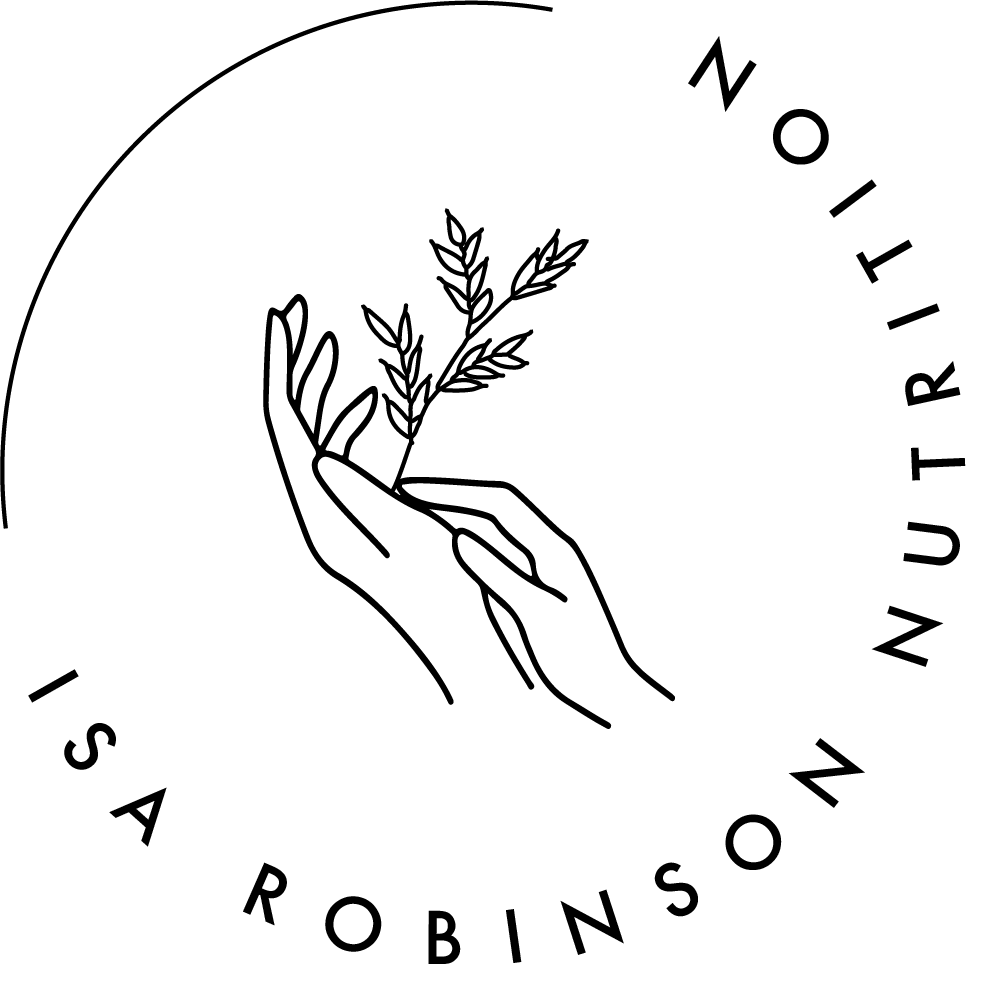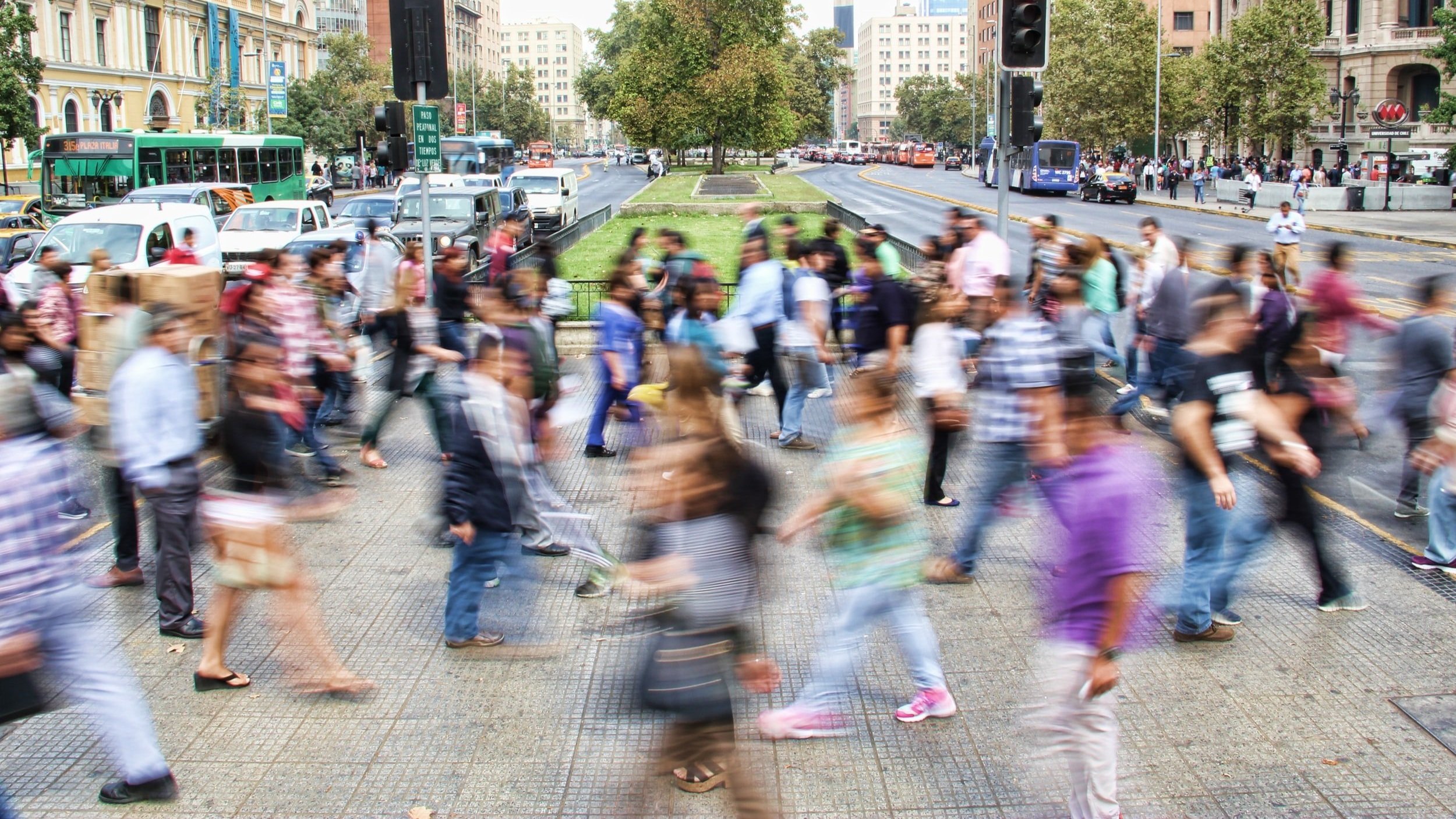The Biochemistry of Stress
Stress is our modern day epidemic, with a 2018 report by the Mental Health Foundation showing that 74% of us feel so stressed out that it’s leaving us feeling too overwhelmed to cope with our everyday lives.
Stress can impact us is a variety of different ways from physical stressors, socioeconomic, work, family, relationships, climate change, war, trauma and stressors that can occur from living with marginalised identities.
We’re often told, “just don’t stress” or feel it’s something we’ve just got to soldier on with. However, we can’t just think our way to stressing less. Stress is both part of our biology and a whole load of chemical reactions which can be outside of our control. The significant ramifications of ongoing stress on our mental and physical health are increasingly documented.
What is stress?
Stress is the body’s reactions to stressors or the stress inducing event or experience. You may have heard that not all stress is bad and this is true.
Eustress is stress that is positive and we can recover from and feel good about. For example, you may feel stressed in the run up to a big work project, but when it turns out to be a huge success it feels good.
Physical activity is also a stress on the body, but when undertaken with adequate rest and fuel, we can enhance our fitness, flexibility and speeds.
Stress that becomes negative is ongoing without ability to recover. Many of these may be micro-stressors we aren’t even aware of and range from lack of sleep, to lack of autonomy in the workplace, financial difficulties, undernutrition and forms of oppression.
The Autonomic Nervous System
The autonomic nervous system is the umbrella term for two main components of our nervous system, the sympathetic nervous system and the parasympathetic nervous system. It regulates many involuntary physiological processes in the body, including our heart rate, blood pressure, breathing rate etc.
The Sympathetic Nervous System aka “Fight or Flight”
Your fight or flight response is the key stress response you may be familiar with. Physiological changes that accompany the fight or flight response are things to help us fight or flight from threats, including:
Increased heart rate
Increased breathing rate
Higher blood pressure
Mobilisation of glucose reserves into the blood for energy
In evolutionary terms, this makes sense as our main threats required this. Many modern stressors will still cause this response, even though we may not actually have to fight or flight. Conversely, blood flows away from the digestive and reproductive systems, as you likely weren’t thinking about a delicious meal or a baby when legging it away from a lion.
The key hormones and neurotransmitters associated with the SNS response are adrenaline, noradrenaline and cortisol.
The Parasympathetic Nervous System aka “Rest and Digest” or “Feed and Breed”
We think of the parasympathetic nervous system as our “netflix and chill” space. During this time, blood flow is to the digestive tract and reproductive system. We tend to feel much calmer and chilled out which is a good time for digestion and intercourse.
The key neurotransmitter associated with the PSNS is acetylcholine which helps to:
Slow heart rate
Dilate blood vessels to reduce blood pressure
Increase gastrointestinal contractions known as peristalsis to enhance digestion.
Impacts of SNS / fight and flight on systems
Digestive system
Blood flow away from the digestive system and to the extremities for fight or flight.
One can experience diarrhoea (it’s called “shitting yourself” for a reason) or digestive discomfort, such as bloating and/or constipation.
Stress can alter the composition of microbiomes, potentially reducing more beneficial gut microbiota species, which can impact gut permeability and mood.
Appetite
Research shows appetite may increase or decrease depending on the individual.
Many report an initial drop in appetite followed by feeling hungry several hours after the stressful event.
Blood sugar levels
Mobilisation of glycogen (breaking down stored carbohydrate into glucose) to increase blood sugar levels to be used for fight or flight.
Respiratory system
Increased breathing rate to prepare the body to fight or flight often accompanied by shortness of breath.
Panic attacks may be brought on by hyperventilation.
Musculoskeletal system
Stress can cause tension in the muscles which releases once stress has dissipated.
Chronic stress may cause constant tension which may result in pain, cramp and tension headaches and migraines.
CV system
Increased blood flow to the extremities e.g. blood flow away from the intestines and reproductive system to the arms and legs in order to fight or flight.
This can impact digestion, libido and even reproductive hormones.
Reproductive system
Blood flows away from the reproductive organs.
If you think about it, if you’re running away from a tiger you’re not thinking about bringing a baby into the world. This can also manifest as low libido and missing periods.
Types of stress
Acute: This is short-term and results in an increased heart rate and heart contractions facilitated by the cascade of stress hormones including adrenaline, noradrenaline and cortisol. Blood pressure increases to transport fuel to where it’s needed.
Chronic: This occurs over a longer period of time and results in a prolonged increased HR, BP and stress hormone elevation, which can increase the risk of heart attacks, stroke and hypertension.
Gender differences
The impact of stress on risk of heart disease is greater for post-meopausal women due to loss of protection from declining oestrogen levels.
How does stress impact our mood?
Stress can have many impacts on our mood including the following:
Irritability
Anger or rage
Anxiety
Depression
Issues concentrating and retaining information
So, what’s the deal?
Well, when stress is short, sharp and we can recover from it, it’s ok and actually can even be beneficial. However, when stress is chronic or we don’t have the ability to recover, this is where we can start to potentially see it as the root of many adverse conditions.
When we consider this through a social justice lens, stress isn’t something that can be solved through individuals having more bubble baths or simply stressing less.
What we hoped to show is that stress is both biological and chemical and it’s baked into our DNA due to previous evolutionary advantages. We hope that this article provides a little bit more of an understanding of our body’s physiology and why considering our stress in the context of our wellbeing at a micro and macro level is so important.





